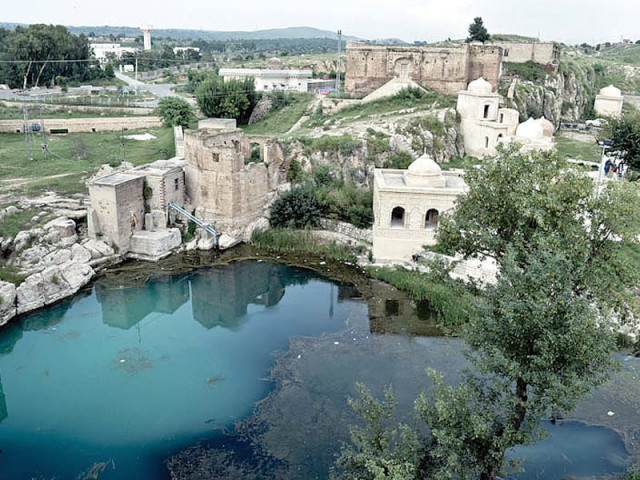Snapistan: Aim for change
The photography site aims to encourage people to focus on visual literature.

‘A picture is worth a thousand words’ is the motto that photographers Natasha Noorani and Aizaz Ahsan are putting forward through their photography website Snapistan. With Pakistan being promoted in a negative light in the news, the two young photographers have decided to make a difference by capturing and archiving positive images of their country. The main aim of this project is to make people realise that life in Pakistanis is not as destructive as portrayed by the media, both locally and abroad.
What’s in a picture?
The initiative which is somewhat similar to Getty Images — in the sense that it collects raw and unedited images — was conceived with the intent of highlighting Pakistan’s problems not through statistics but via photographs.
“Our aim at the time was to collect accurate images of Pakistan,” says Ahsan a second-year student at the University College Lahore, who started this project in August 2010. “People see Pakistan as a war-ridden country only and don’t realise that there so much more to it than just terrorism and bombings. Thus, we thought that if we come up with a platform that would show the everyday moments in the life of an average Pakistani, many people would dispel the dejection they feel towards the country.”
Over the last two years, Snapistan has grown on a daily basis, with around 300 to 400 pictures from all over Pakistan being uploaded every month. Gradual evolution has allowed the site to become an interactive forum for both amateur and professional photographers.
Additionally, what sets Snapistan apart from other photography sites is the fact that it allows credits and copyrights to remain with the photographers. Ahmed says that unlike certain sites that take away the copyrights from the photographer through deceptive and misleading terms and conditions, Snapistan offers exclusive rights to every user.
Clicking across the globe
The site has also gained recognition on a global level. During the 2010 floods, the magazine at the University of Pennsylvania featured pictures captured by one of the users Ali Khurshid. As a result, the Wharton School of Business invited Noorani, Ahsan and Khurshid to speak about their passion but due to prior commitments the trio could not attend. Huffington Post and several other international publications have also commended Snapistan’s work.
Recently, Smith College also expressed interest in starting a pilot project for the promotion of photography. The college is willing to send grants worth $10,000 for photographers coming from underprivileged backgrounds. Though the negotiations are still under consideration, the project is hoping to magnify the point of view of people from weaker strata.
“We are more interested in the essence of the picture than the quality or the price of the camera it is captured with,” says Noorani who is a second-year student at LUMS. She explains that the there have been many occasions in which people have uploaded pictures from their mobile phones. Noorani cites the example of a contributor who captured a frail lady with her child with a mobile phone. “The picture was beautiful and tragic at the same time. It had a haunting feel to it because the lady and the child seemed like they were on the brink of starvation,” explains Noorani.
Looking ahead
Noorani adds that they are now planning to improve their marketing through various competitions and also by giving photographers the option to upload travelogues. “More and more people are getting involved and many users have started uploading travelogues.”
Noorani adds that she wants Snapistan to be a movement to inspire and promote a multidimensional perspective. The site is expected to hold its first series of photography competitions in March. The competitions will be categorised in both street and landscape photography with prize money as an incentive for the contributor.
“My dream is that Snapistan becomes the place where people come and ponder for some time. I want people to come out of their desensitised phase,” says Noorani.
Published in The Express Tribune, March 19th, 2012.



















COMMENTS
Comments are moderated and generally will be posted if they are on-topic and not abusive.
For more information, please see our Comments FAQ